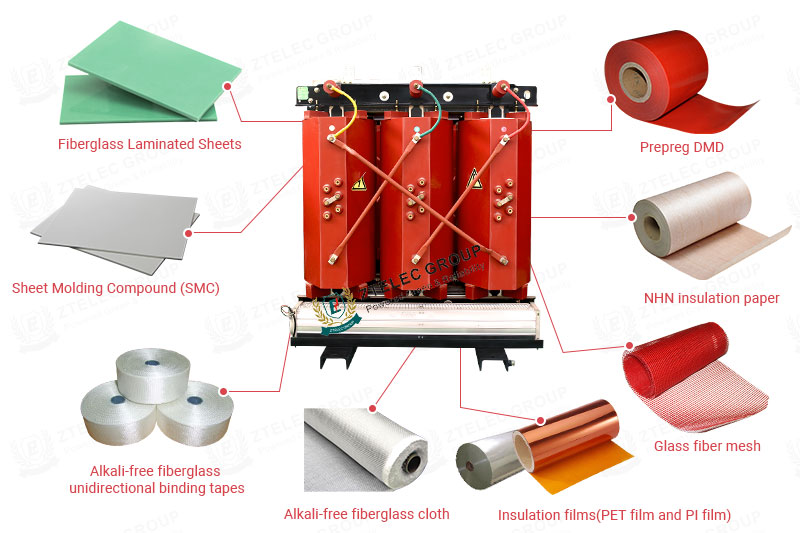
how to insulate a transformer
Insulating a transformer involves applying various materials to prevent the flow of electric current between different parts of the transformer and to protect the transformer’s components. The insulation is crucial for maintaining the electrical integrity and safety of the transformer. Here are general steps on how to insulate a transformer:
- Select Appropriate Insulation Materials:
- Choose insulation materials based on the specific requirements of the transformer. Common insulation materials include oil, paper, pressboard, Nomex, Mylar, and other insulating films or tapes.
- Insulate Windings:
- Apply insulating materials between the windings of the transformer to prevent direct contact and short circuits. This is often done using insulating paper, Nomex, or other suitable materials.
- Use Insulating Tape or Wrapping:
- Wrap the windings with insulating tape or other insulating materials. This adds an extra layer of protection and helps secure the insulation in place.
- Apply Insulating Coatings:
- Use insulating coatings, such as varnishes or resins, to cover and protect the windings. These coatings provide an additional barrier against moisture, contaminants, and electrical discharge.
- Implement Layer Insulation:
- Layer insulation involves placing multiple layers of insulating materials between windings. This technique enhances the overall insulation strength and reliability.
- Ensure Proper Clearances and Creepage Distances:
- Maintain proper clearances and creepage distances between conductive parts to prevent electrical arcing and breakdown. Insulation materials should be applied in a way that meets safety standards and regulations.
- Impregnate with Insulating Oil:
- For oil-filled transformers, impregnate the insulating materials with insulating oil. The oil enhances the dielectric properties of the insulation and provides additional cooling.
- Use Barrier Materials:
- Install barrier materials to separate different components of the transformer and prevent the transfer of moisture or contaminants. This is particularly important in outdoor or harsh environments.
- Inspect and Replace Damaged Insulation:
- Regularly inspect the insulation for signs of damage, aging, or degradation. Replace any damaged or deteriorated insulation promptly to maintain the transformer’s reliability.
- Perform Dielectric Testing:
- Conduct dielectric testing to verify the effectiveness of the insulation. This may include insulation resistance tests, power factor tests, and other electrical tests to ensure the insulation meets specified standards.
- Follow Manufacturer Guidelines:
- Adhere to the manufacturer’s guidelines and recommendations for insulation materials and techniques. Manufacturers provide specific instructions to ensure the proper functioning and safety of their transformers.

Tags:
Enameled Wire Copper wire Aluminum wire Enamelled wire Aluminum Winding Wire Magnet wire Modified polyester Round copper wire Heat resistance Enameled aluminum wire